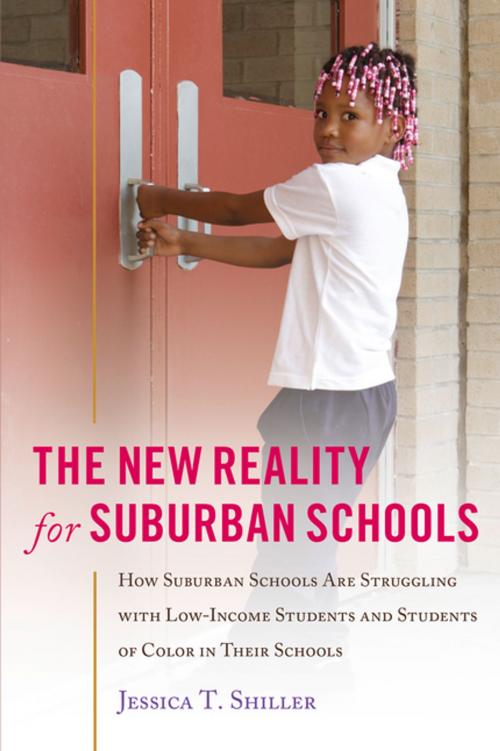The New Reality for Suburban Schools
How Suburban Schools Are Struggling with Low-Income Students and Students of Color in Their Schools
Nonfiction, Reference & Language, Education & Teaching, Educational Theory, Educational Psychology, Social & Cultural Studies, Social Science| Author: | Jessica T. Shiller | ISBN: | 9781454193012 |
| Publisher: | Peter Lang | Publication: | February 18, 2016 |
| Imprint: | Peter Lang Inc., International Academic Publishers | Language: | English |
| Author: | Jessica T. Shiller |
| ISBN: | 9781454193012 |
| Publisher: | Peter Lang |
| Publication: | February 18, 2016 |
| Imprint: | Peter Lang Inc., International Academic Publishers |
| Language: | English |
Since the year 2000, the population of people of color and of poor families in the suburbs has been rapidly increasing, making these areas far more diverse than they were a generation ago. Along with the increase in diversity has come re-segregation, leaving some schools with very high concentrations of low-income students and students of color, while others remain mostly white. These re-segregated schools are often not well-prepared to deal with the issues their students face. In addition, they are often subject to strict accountability demands that focus on improving test scores. These conditions create a unique situation for schools serving high populations of students of color and low-income students, one that is strikingly similar to urban schools. The New Reality for Suburban Schools presents three case studies of inner-ring suburban middle schools coping with these issues. Although the principals and teachers were aware that students faced poverty and lived in increasingly racially and ethnically diverse communities, a variety of factors prevented them from using practices that would have addressed the students’ needs. As a result, these suburban schools did not provide much better educational opportunities to low-income students and students of color than their urban counterparts. Readers of this volume can learn how school leaders and teachers try to negotiate educational mandates while serving their students. The book concludes with suggestions for improving the ways these schools serve their students.
Since the year 2000, the population of people of color and of poor families in the suburbs has been rapidly increasing, making these areas far more diverse than they were a generation ago. Along with the increase in diversity has come re-segregation, leaving some schools with very high concentrations of low-income students and students of color, while others remain mostly white. These re-segregated schools are often not well-prepared to deal with the issues their students face. In addition, they are often subject to strict accountability demands that focus on improving test scores. These conditions create a unique situation for schools serving high populations of students of color and low-income students, one that is strikingly similar to urban schools. The New Reality for Suburban Schools presents three case studies of inner-ring suburban middle schools coping with these issues. Although the principals and teachers were aware that students faced poverty and lived in increasingly racially and ethnically diverse communities, a variety of factors prevented them from using practices that would have addressed the students’ needs. As a result, these suburban schools did not provide much better educational opportunities to low-income students and students of color than their urban counterparts. Readers of this volume can learn how school leaders and teachers try to negotiate educational mandates while serving their students. The book concludes with suggestions for improving the ways these schools serve their students.















